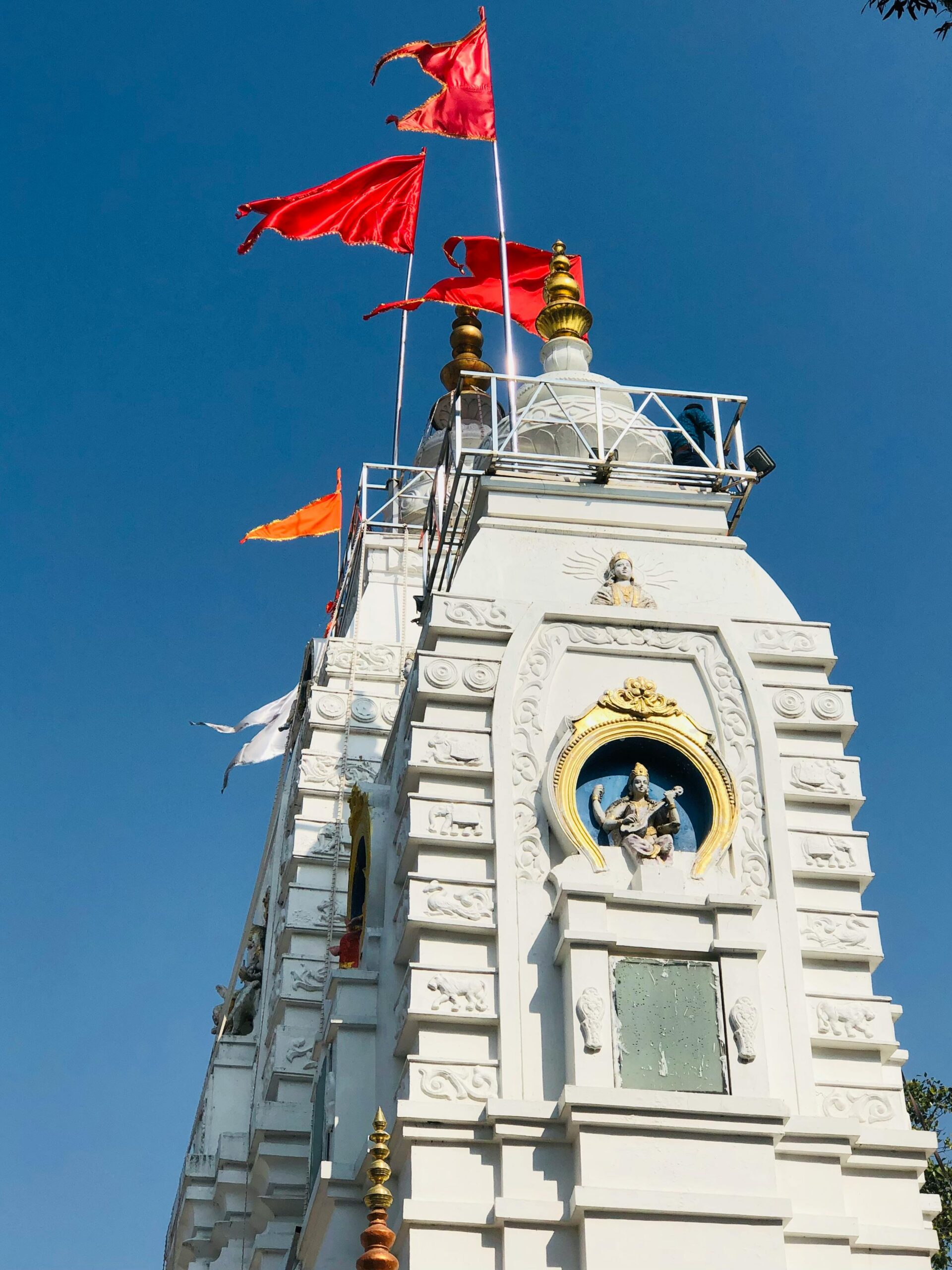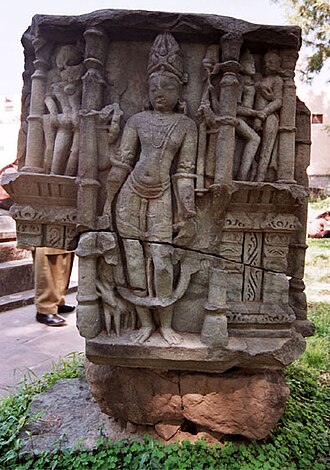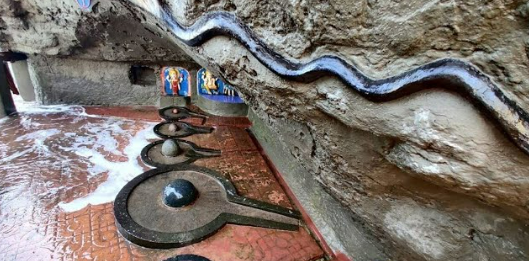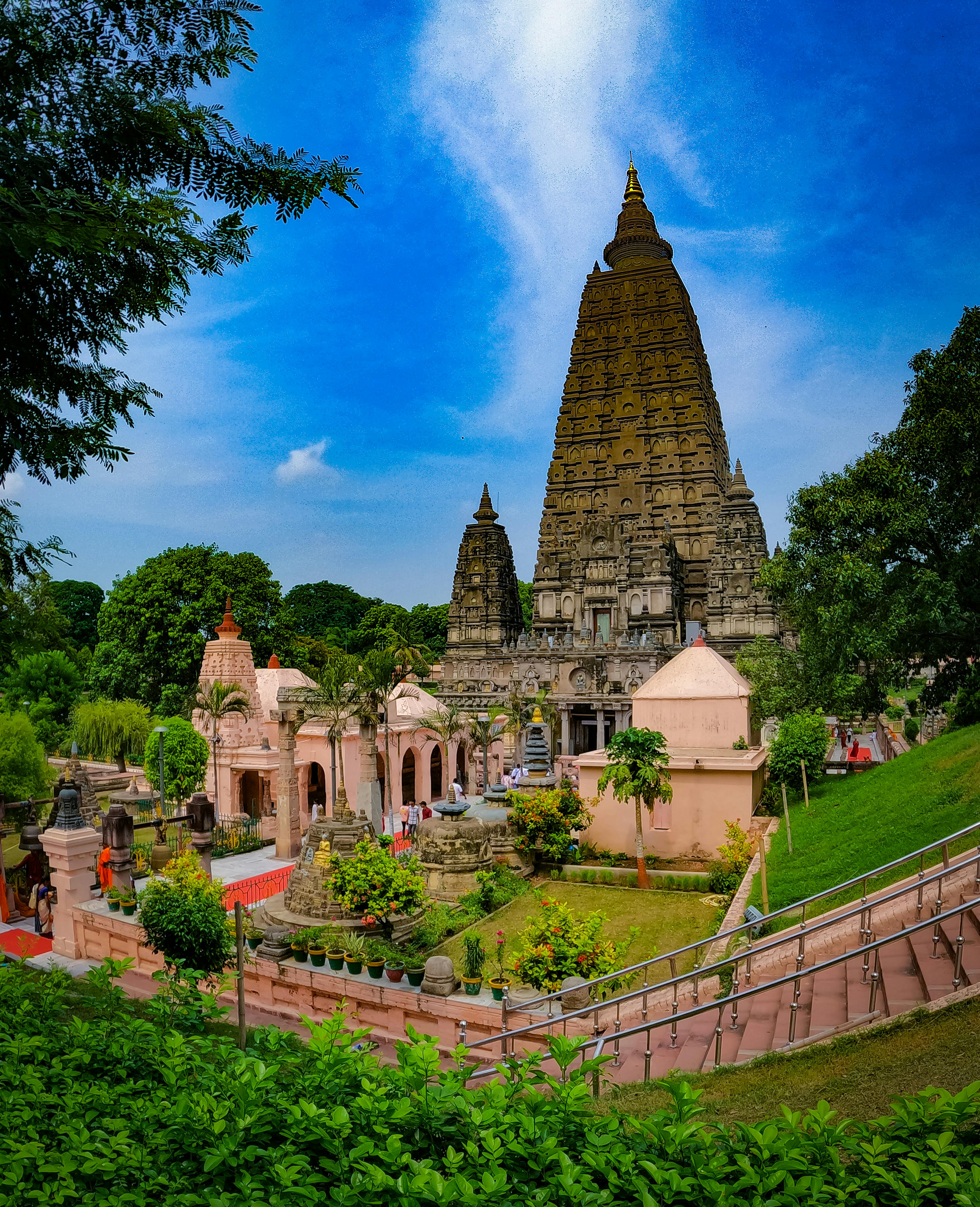List of Masjids in Bihar which was built by destroying Hindu temples
LIST OF HINDU TEMPLES DESTROYED AND CONVERTED TO MOSQUES IN UNDIVIDED BIHAR BY MUSLIMS
We give below, state-wise and district-wise, the particulars of Muslim monuments which stand on the sites and/or have been built with the materials of Hindu temples, and which we wish to recall as witnesses to the role of Islam as a religion and the character of Muslim rule in medieval India. The list is the result of a preliminary survey. Many more Muslim monuments await examination. Local traditions which have so far been ignored or neglected have to be tapped on a large scale.
We have tried our best to be exact in respect of locations, names and dates of the monuments mentioned. Even so, some mistakes and confusions may have remained. It is not unoften that different sources provide different dates and names for the same monument. Many Muslim saints are known by several names, which create confusion in identifying their mazars or dargahs. Some districts have been renamed or newly, created and a place which was earlier under one district may have been included in another. We shall be grateful to readers who point out these mistakes so that they can be corrected in our major study. This is only a brief summary.
Sita Ram Goel
It should be kept in mind that the list below doesn’t include all the temples destroyed by Muslims and which were converted to mosques. The below is the list of mosques and Dargahs where evidences exists of having been made after destroying the temples at these locations. In many mosques, Muslim rulers were able to eradicate all signs of temples, and hence not given in below list.
Anyone is free to visit the below list of mosques and see the remnants and materials of Hindu temples used in their construction. Archaeological Survey of India should conduct an excavation of below mosques to find out more about the ancient temples in these locations and possible mass graves around the mosque sites.
I. BHAGALPUR DISTRICT
Bhagalpur
1. Dargah of Hazrat Shahbaz (1502). Temple site.
2. Masjid of Mujahidpur (1511-15). Temple site.
3. Dargah of Makhdum Shah (1615). Temple site.
Champanagar
4. Several Mazars. On ruins of Jain temples.
5. Masjid (1491). Jain Temple site.
Sultanganj
6. Masjid on the rock on the river bank. Temple site.
II. GAYA DISTRICT
Amthua
7. Masjid (1536). Temple site.
Gaya
8. Shahi Masjid in Nadirganj (1617). Temple site.
Kako
9. Dargah of Bibi Kamalo. Temple site.
III. MONGHYR DISTRICT
Amoljhori
10. Muslim Graveyard. Vishnu Temple site.
Charuanwan
11. Masjid (1576). Temple site.
Kharagpur
12. Masjid (1656-57). Temple site.
13. Masjid (1695-96). Temple site.
Monghyr
14. Fort Gates. Temple materials used.
15. Dargah of Shah Nafa Chishti (1497-98). Temple site.
IV. MUZAFFARPUR DISTRICT
16. Zaruha, Mamun-Bhanja-ka-Mazar. Temple materials used.
V. NALANDA DISTRICT
Biharsharif
Muslim capital built after destroying Udandapura which had a famous Buddhist Vihara.
Most of the Muslim monuments were built on the site and from materials of temples. The following are some of them:
17. Dargah of Makhdumul Mulk Sharifud-Din. (d. 1380).
18. Bada Dargah.
19. Chhota Dargah.
20. Baradari.
21. Dargah of Shah Fazlullah Gosain.
22. Mazar of Malik Ibrahim Bayyu on Pir Pahadi.
23. Kabiriud-Din-ki-Masjid (1353).
24. Mazar of Sayyid Muhammad Siwistani.
25. Chhota Takiya containing the Mazar of Shah Diwan Abdul Wahhab.
26. Dargah of Shah Qumais (1359-60).
27. Masjid in Chandpur Mahalla.
28. Jami Masjid in Paharpur Mahalla.
Parbati
29. , Dargah of Haji Chandar or Chand Saudagar. Temple materials used.
Shaikhupura
30. Dargah of Shykh Sahib. Temple materials used.
VI. PATNA DISTRICT
Hilsa
31. Dargah of Shah Jumman Madariyya (repaired in 1543). Temple site.
32. Masjid. (1604-05). Temple site.
Jana
33. Jami Masjid (1539). Temple site.
Kailvan
34. Dargah and Masjid. Temple site.
Maner
All Muslim monuments stand on temple sites. The following are prominent among them:
35. Bada Dargah of Sultanul Makhdum Shah Yahya Maneri.
36. Dargah of Makhdum Daulat Shah.
37. Jami Masjid.
38. Mazar of Haji Nizamud-Din.
Muhammadpur, Jami Masjid (1510-11). Temple site.
Patna
39. Patthar-ki-Masjid (1626). Temple materials used.
40. Begu Hajjam-ki-Masjid (1510-11). Temple materials used.
41. Muslim Graveyard outside the Qiladari. On the ruins of Buddhist Viharas.
42. Dargah of Shah Mir Mansur. On the ruins of a Buddhist Stupa.
43. Dargah of Shah Arzani. On the site of a Buddhist Vihara.
44. Dargah of Pir Damariya. On the site of a Buddhist Vihara.
45. Mirza Masum-ki-Masjid (1605). Temple materials used.
46. Meetan Ghat-ki-Masjid (1605). Temple site.
47. Katra Masjid of Shaista Khan. Temple site.
48. Khwaja Ambar Masjid (1688-89). Temple site.
49. Babuganj Masjid (1683-86). Temple site.
50. Sher-Shahi Masjid near Purab Darwaza. Temple site.
51. Chamni Ghat-ki-Masjid. Temple site.
Phulwarisharif
52. Dargah of Shah Pashminaposh. Temple site.
53. Dargah of Minhajud-Din Rasti. Temple site.
54. Dargah of Lal Mian. Temple site.
55. Sangi Masjid (1549-50). Temple site.
VII. PURNEA DISTRICT
Hadaf
56. Jami Masjid. Temple site.
Puranea
57. Masjid in Keonlpura. Temple site.
VIII. SARAN DISTRICT
Chirand
58. Masjid (1503-04). Temple site.
Narhan
59. Jami Masjid. Temple site.
Tajpur-Basahi
60. Mazar of Khwaja Badshah. Temple materials used.
IX. SHAHABAD DISTRICT
Rohtasgarh
61. Masjid of Aurangzeb. Part of a temple converted.
62. Mazar of Saqi Sultan. Temple site.
Sasaram
63. Mazar of Chandan Shahid Pir. Temple site.
X. VAISHALI DISTRICT
Amer
64. Mazar of Pir Qattal. Temple materials used.
Chehar
65. Fort. Temple materials used.
66. Jami Masjid. Temple materials used.
Hajipur
67. Haji Ilyas-ki- Masjid. Converted temple.
68. Dargah of Barkhurdar Awliya. Temple site.
69. Dargah of Pir Shattari. Temple site.
70. Dargah of Hajiul Harmain. Temple site.
71. Dargah of Pir Jalalud-Din. Temple site.
Basarh
72. Dargah of Pir Miran. On top of a Buddhist Stupa.
73. Mazar of Shykh Muhammad Faizullah Ali alias Qazin Shattari. Temple site.
74. Graveyard. Many tombs built with temple materials.
75. Masjid. Temple site.
XI. DISTRICT TO BE DETERMINED
Hasanpura
76. Mazar of Makhdum Hasan. On the site of a Buddhist Stupa,
Jhangira
77. Jami Masjid. Temple site.
EVIDENCE IS AVAILABLE THAT IN BIHAR THE ABOVE MENTIONED MOSQUES AND DARGAHS WERE CONSTRUCTED BY DESTROYING HINDU TEMPLES. BUT IN MANY OTHER CASES MUSLIMS SUCCEEDED IN REMOVING ALL TRACES OF TEMPLES FROM THE MOSQUES. IN SUCH CASES ONLY AN EXCAVATION BY ASI WILL REVEAL THE DESTROYED TEMPLES.
WHILE MUSLIMS ASK FOR REBUILDING THE ILLEGAL MOSQUE IN AYODHYA, WHY SHOULD NOT HINDUS DEMAND THE RECONSTRUCTION OF THE DESTROYED TEMPLES IN INDIA?





